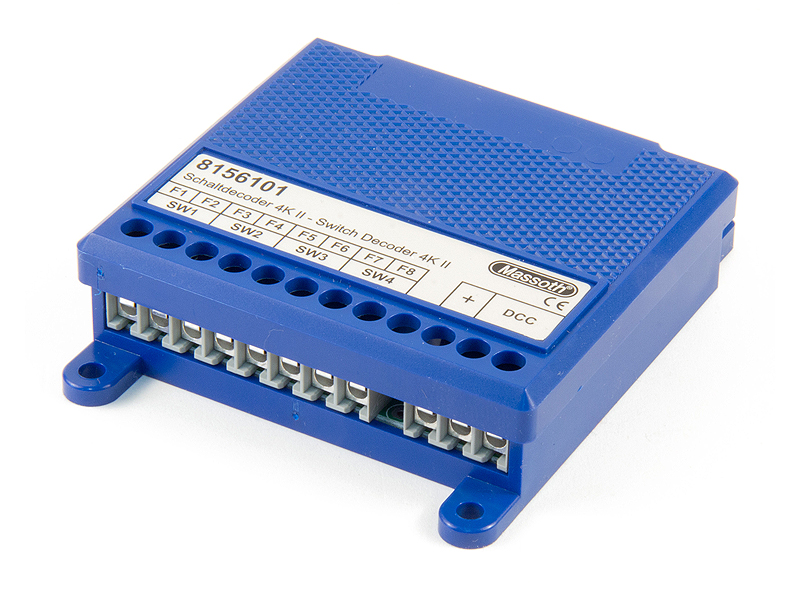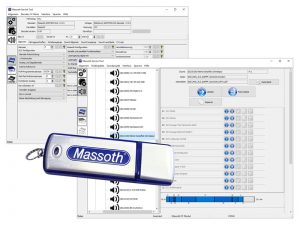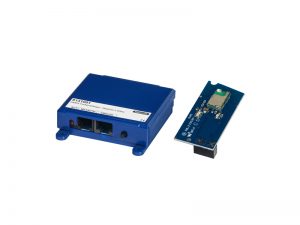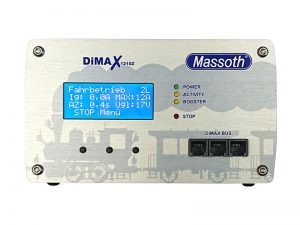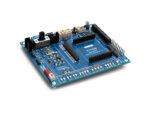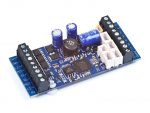Description
NEW: Now with larger screw terminals
4-way decoder for controlling and switching all types of motor and turnout drives. All commercially available turnout drives can be switched. 4 mechanically protected additional contact inputs allow switching via manual contacts, e.g. from a control panel or interlocking. The DiMAX switch decoder is a universally applicable switching decoder, which controls up to four switching outputs via digital signal and on request also contact-dependent or individually positioned. For example, with the DiMAX switch decoder you digitize a crane truck and move the boom horizontally and vertically and control the shovel or winch. The settings of the Switch Decoder are of course made via CV programming and can usually be carried out via any digital system. In addition, the DiMAX Switch Decoder directly supports the POM procedure, the popular programming on the track (Program on Main). Of course, regular coil switch drives (2- and 3-wire) with pulse switching or real motor switch drives or up to 8 light outputs can also be operated realistically. As a special feature, the Switch Decoder has 4 programmable inputs, which can operate the switching outputs directly by triggering the contacts. These are protected by the housing and can be reached from the inside via solder connection. You can control a switch or any other function via a manual button in a track pattern signal box or by passing over a track contact with a locomotive.NEW: Now with larger screw terminals
4-way decoder for controlling and switching all types of motor and turnout drives. All commercially available turnout drives can be switched. 4 mechanically protected additional contact inputs allow switching via manual contacts, e.g. from a control panel or interlocking. The DiMAX switch decoder is a universally applicable switching decoder, which controls up to four switching outputs via digital signal and on request also contact-dependent or individually positioned. For example, with the DiMAX switch decoder you digitize a crane truck and move the boom horizontally and vertically and control the shovel or winch. The settings of the Switch Decoder are of course made via CV programming and can usually be carried out via any digital system. In addition, the DiMAX Switch Decoder directly supports the POM procedure, the popular programming on the track (Program on Main). Of course, regular coil switch drives (2- and 3-wire) with pulse switching or real motor switch drives or up to 8 light outputs can also be operated realistically. As a special feature, the Switch Decoder has 4 programmable inputs, which can operate the switching outputs directly by triggering the contacts. These are protected by the housing and can be reached from the inside via solder connection. You can control a switch or any other function via a manual button in a track pattern signal box or by passing over a track contact with a locomotive.


 Deutsch
Deutsch
